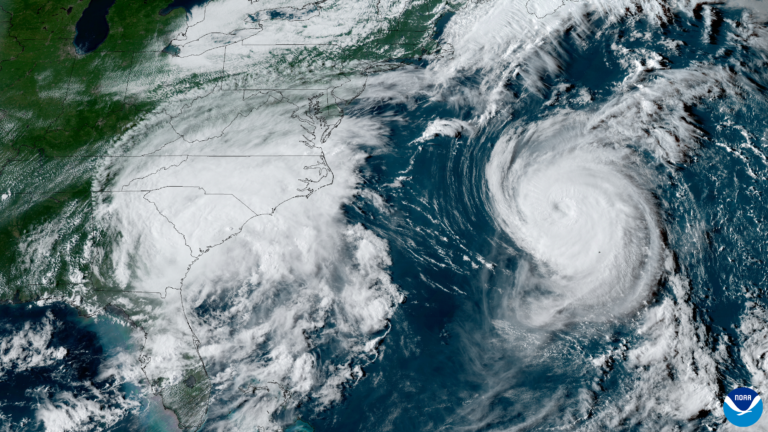The US Department of Commerce and NOAA have announced US$6.6m in recommended funding to establish a multi-university data assimilation consortium to improve weather forecasts using enhanced numerical weather prediction systems.
Consortium for Advanced Data Assimilation Research and Education
This initiative forms part of President Biden’s Investing in America agenda. The investment, funded by the Inflation Reduction Act (IRA), will support six institutions that will work together collaboratively under the new Consortium for Advanced Data Assimilation Research and Education (CADRE). CADRE is led by the University of Oklahoma and includes Colorado State University, Howard University, University of Maryland, Pennsylvania State University and the University of Utah.
According to the organizations, there are currently gaps in capabilities to effectively use data from the global observing system. Furthermore, few people have the expertise to fill these gaps to advance weather forecasts with data assimilation. NOAA’s new data assimilation consortium, funded by the IRA, seeks to address these needs.
“This multi-university consortium will accelerate the science and methodology of data assimilation techniques, as well as educate and train the next generation of data assimilation experts,” said Raymond Tanabe, acting director of NOAA’s Weather Program Office.
The consortium will also foster data collaboration, student training and an exchange of expertise between NOAA and the Joint Center for Satellite Data Assimilation. Support from additional academic partners, including minority-serving institutions and international institutions, will enable improvements in weather and climate modeling. For example, the Transatlantic Data Science Academy, launched by the UK Met Office and NOAA in August 2023, will work with successful applicants to advance data assimilation.
Collaboration and expected outputs from the consortium will be used to improve computer weather forecast predictions using the Unified Forecast System (UFS), a community-based, coupled and comprehensive Earth modeling system. The consortium will also work closely with NOAA’s Earth Prediction Innovation Center to advance new data assimilation science into operations within the UFS.
Extreme weather and climate events
“The US is experiencing nearly six times more major weather and climate disasters per year than it did 40 years ago, and the Biden-Harris Administration is committed to ensuring we have the most accurate data possible to mitigate the impact of these disasters and fight climate change,” said US Secretary of Commerce Gina Raimondo. “This investment, made possible thanks to President Biden’s Inflation Reduction Act, will upgrade and improve NOAA’s technology for numerical weather prediction capabilities to ensure accurate and timely information is available to the public and public safety officials in the face of extreme weather and climate events, making our communities more climate resilient.”
Outputs from models such as the Global Forecast System, used by NOAA to produce weather forecasts, reportedly need constant updates, including the assimilation of new data. “Data assimilation advancements are key to improving the accuracy of NOAA’s operational weather forecasts,” said Assistant Secretary of Commerce for Environmental Observation and Prediction, Michael C Morgan, PhD “Investments like this one, funded through the Biden-Harris Administration’s Inflation Reduction Act, are making way for a more weather- and climate-resilient nation and will enhance the national economy.”
In related news, NOAA and the White House Office of Science and Technology Policy (OSTP) have hosted a joint workshop on the potential for artificial intelligence (AI) to transform weather prediction. Click here to read the full story.



